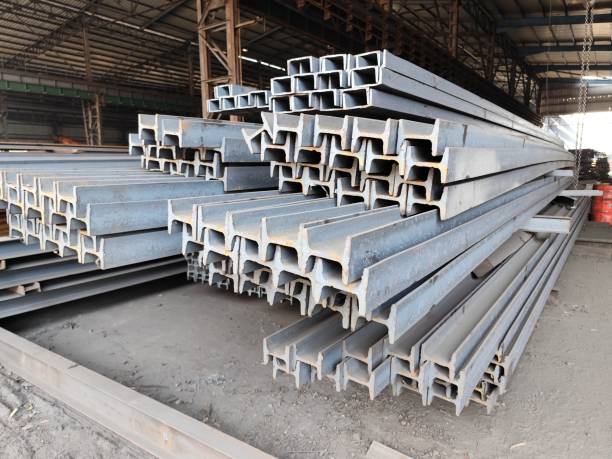The Unsung Hero of Construction
When most people think about construction, they imagine cranes, bulldozers, and workers swinging hammers. Rarely does anyone stop to think about what actually holds a building together. That’s where the i beam comes in. It might not have the flashiest name, but it’s basically the backbone of modern construction. Without it, skyscrapers, bridges, and even your office building would be wobbling disasters.
Personally, I always thought beams were just… beams. You know, long pieces of metal or wood stacked in walls or ceilings. But then I learned about the I-shaped design, and honestly, it blew my mind. It’s like Mother Nature’s way of saying, “Let’s make this strong, but don’t waste material.”
Why the Shape Matters
So, what’s with the “I” shape? If you’ve ever doodled in school, it’s basically a vertical line connecting two horizontal lines at the top and bottom. Simple, right? But that simple design is genius. It’s all about efficiency. The vertical section, called the web, resists bending, while the horizontal parts, called flanges, handle compression and tension. Basically, it’s strong where it needs to be, and light where it doesn’t.
Think about it like carrying a grocery bag. If you try to carry it with flimsy arms stretched out, it’s going to sag. But if you use a solid handle that’s reinforced at the right points, it can hold way more without breaking. That’s the i beam for you in steel form.
Where You See Them in Real Life
Even if you don’t know it, you’ve probably walked under or on an i beam today. From bridges to factories, and even in your shopping mall, these beams are quietly doing their job. I remember visiting a friend’s construction site once. I was staring at the huge metal structures like some confused tourist, and the engineer said, “That’s all i beams holding everything up.” Suddenly, I had a new respect for these metal sticks. They’re basically the unsung heroes of architecture.
Social media chatter about construction nerd stuff is surprisingly fun. There are engineers online sharing photos of giant i beams with captions like, “She’s a beauty,” or “Load-bearing legend.” And honestly, I get it. There’s something satisfying about seeing raw strength in action.
The Materials That Make It Work
Most i beams you see are made of mild steel. Steel is like the Swiss Army knife of metals—strong, flexible, and not too expensive. It can handle a lot of stress before snapping, which is perfect when you’re talking about entire buildings resting on it. Some fancy projects even use stainless steel or aluminum, but mild steel is the everyday workhorse.
Fun fact: there’s a version called “rolled steel joists” which are basically i beams made with precise machinery to make sure they’re consistent. Imagine baking cookies but with industrial precision so every cookie (or beam) can hold up a floor without bending.
Why It’s a Smart Investment
Here’s the thing about construction: wasting materials is expensive. And time is money. i beams strike a perfect balance—they’re strong, efficient, and relatively light. That means less material, less labor, and a safer structure. If you’re thinking about construction or even small projects, understanding beams can save you headaches (and money) down the line.
Honestly, I’ve even noticed people casually mentioning beams in random TikToks about architecture or DIY home renovations. It’s niche, but the fact that people geek out over these things online shows how essential they are.
Wrapping It Up
Next time you walk past a bridge or glance at a new building under construction, give a little nod to the humble i beam. It’s doing a lot more than you think. Not glamorous, not flashy, but absolutely essential. Sometimes, the quiet heroes are the ones holding everything together—literally.








